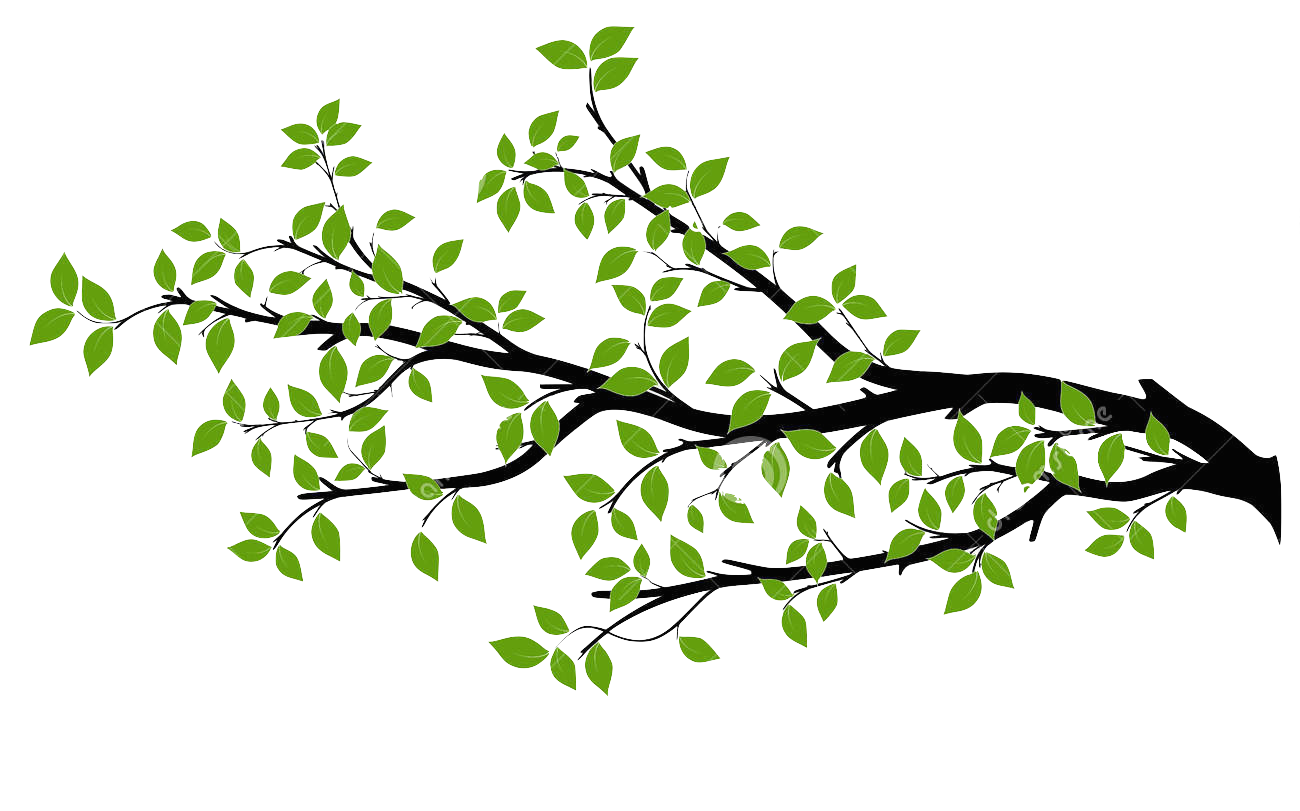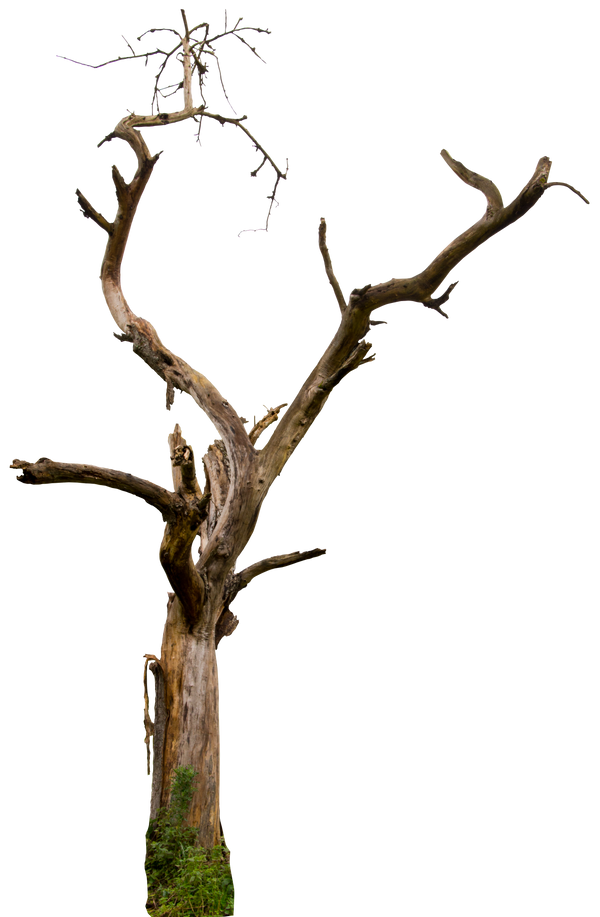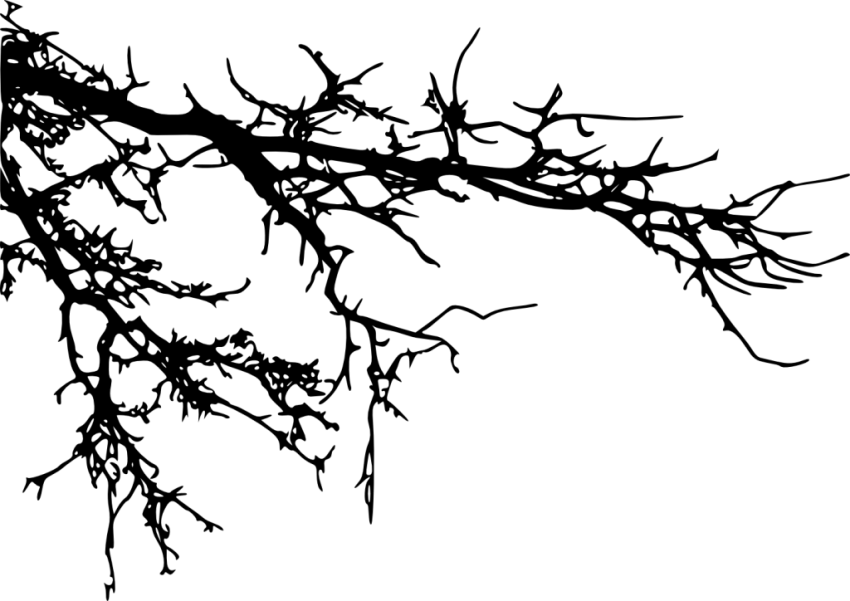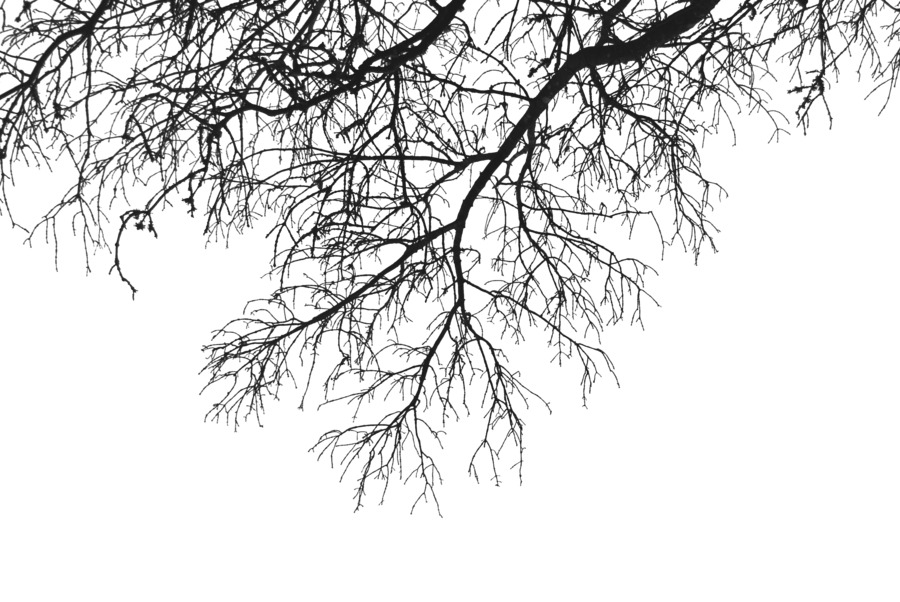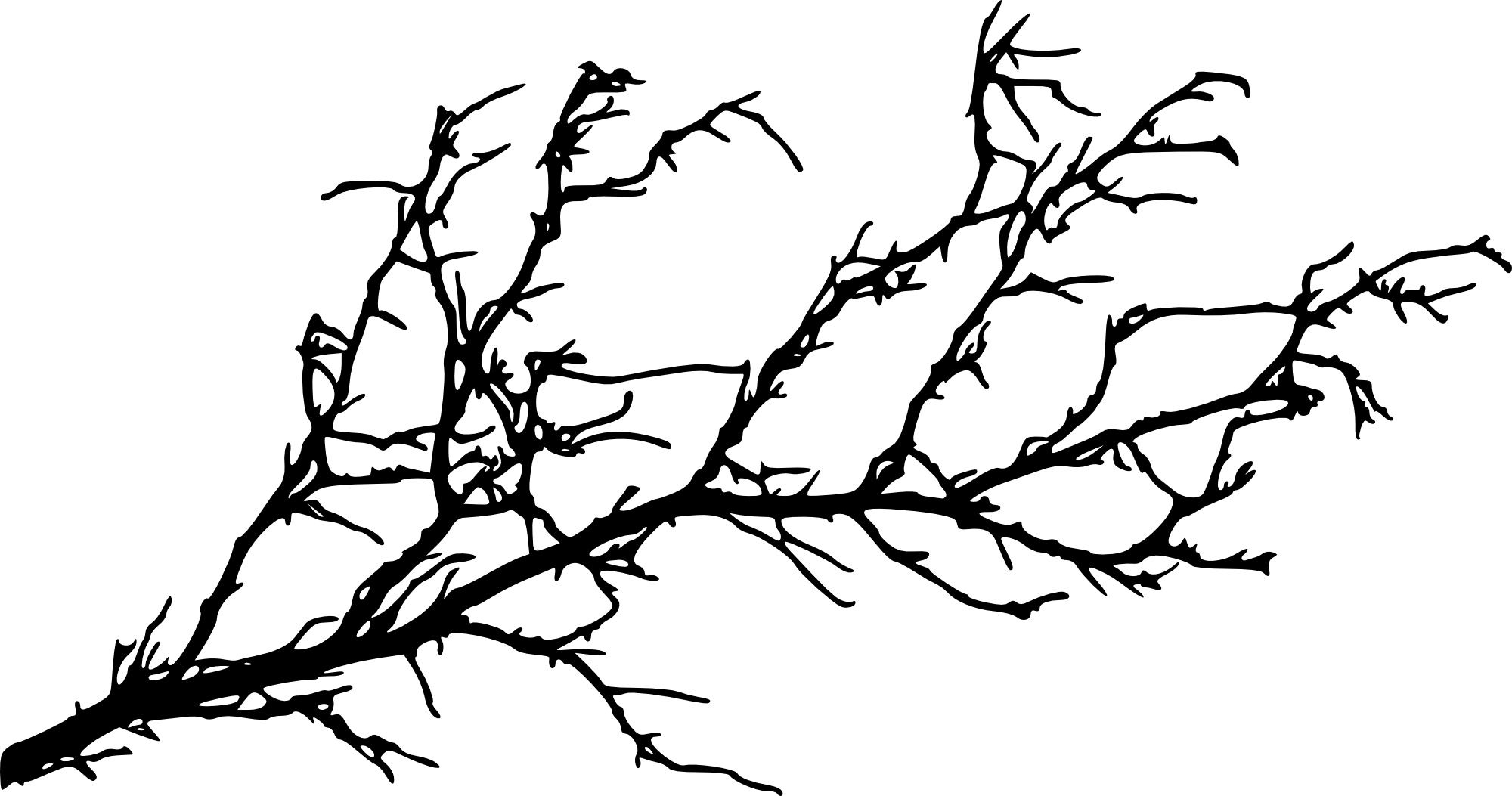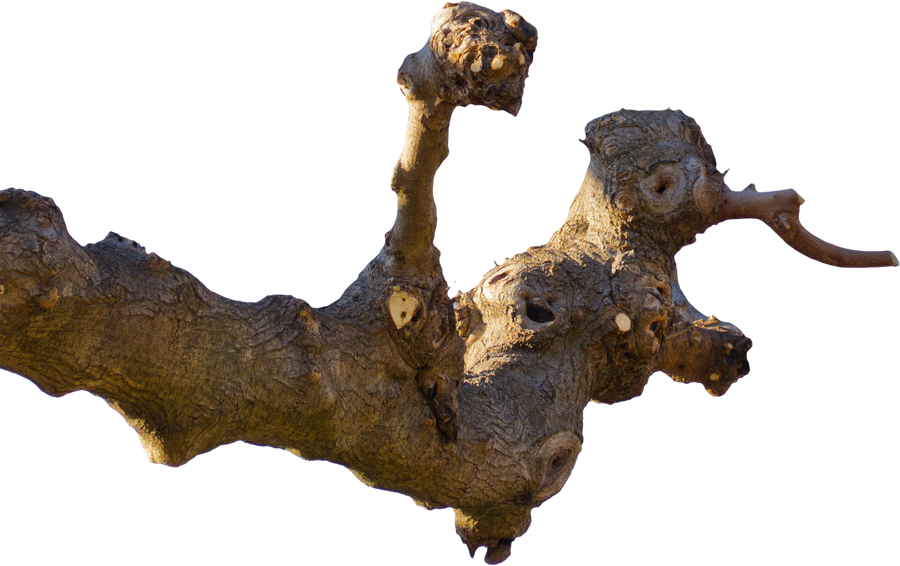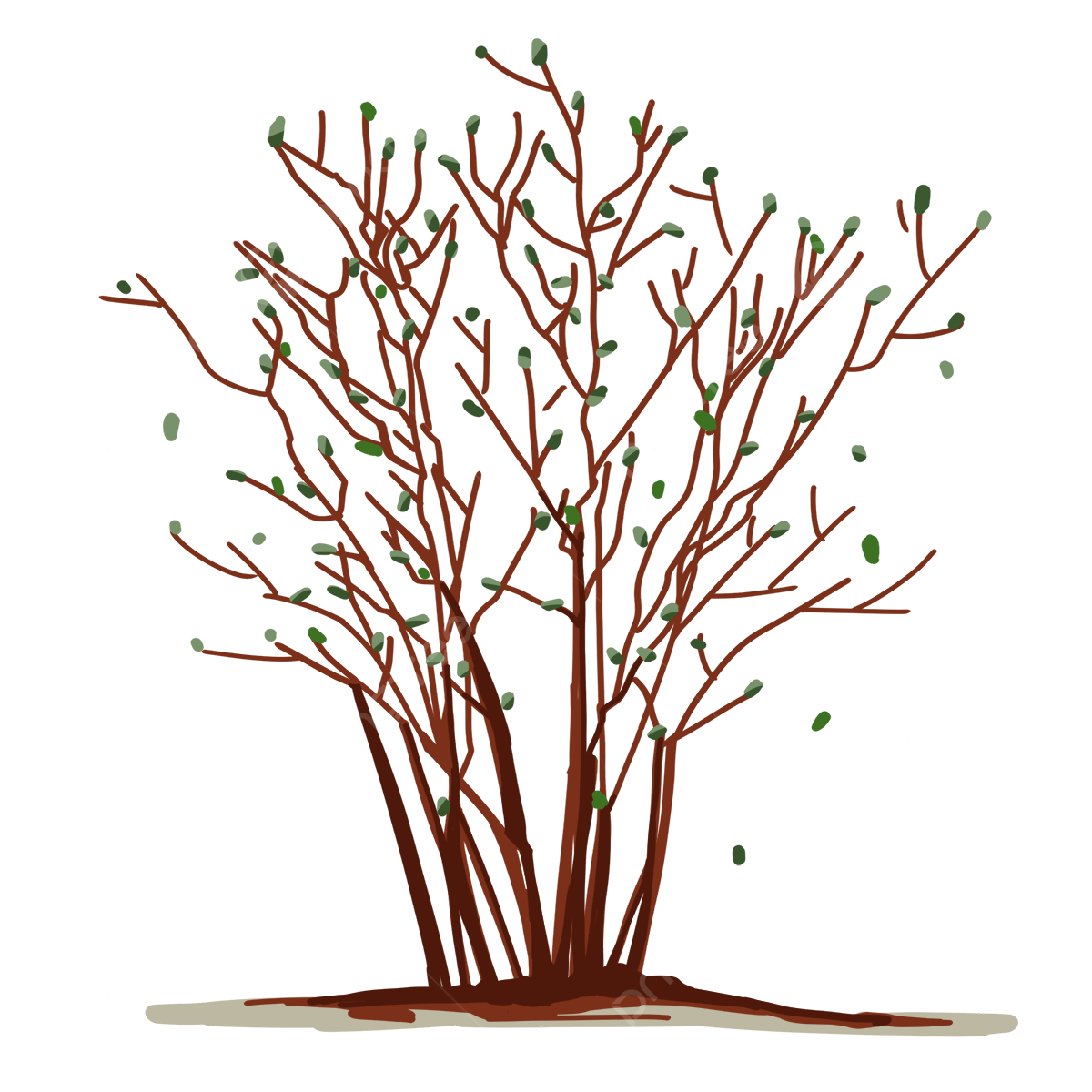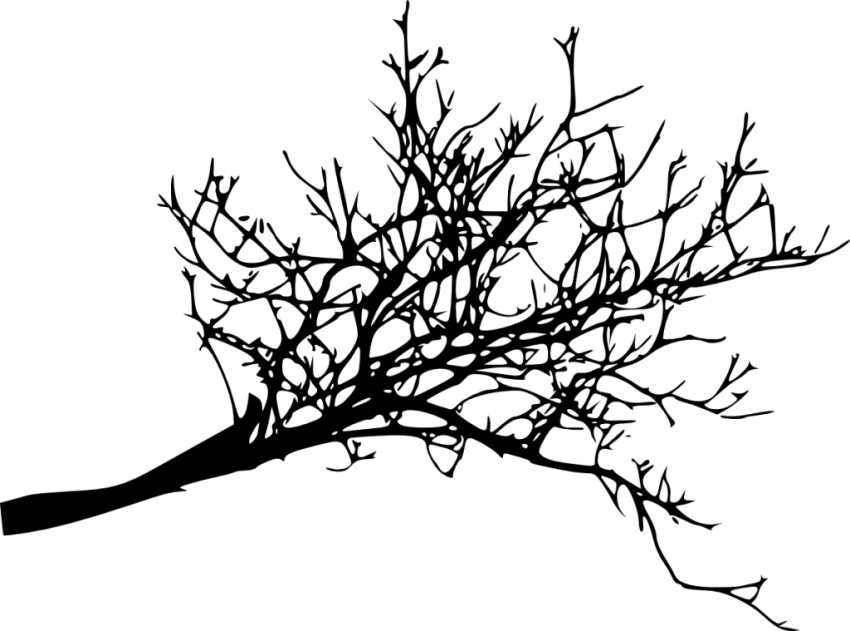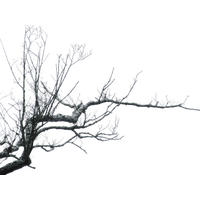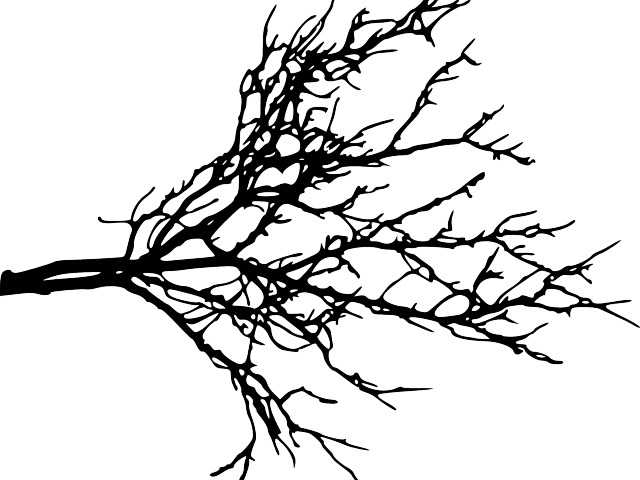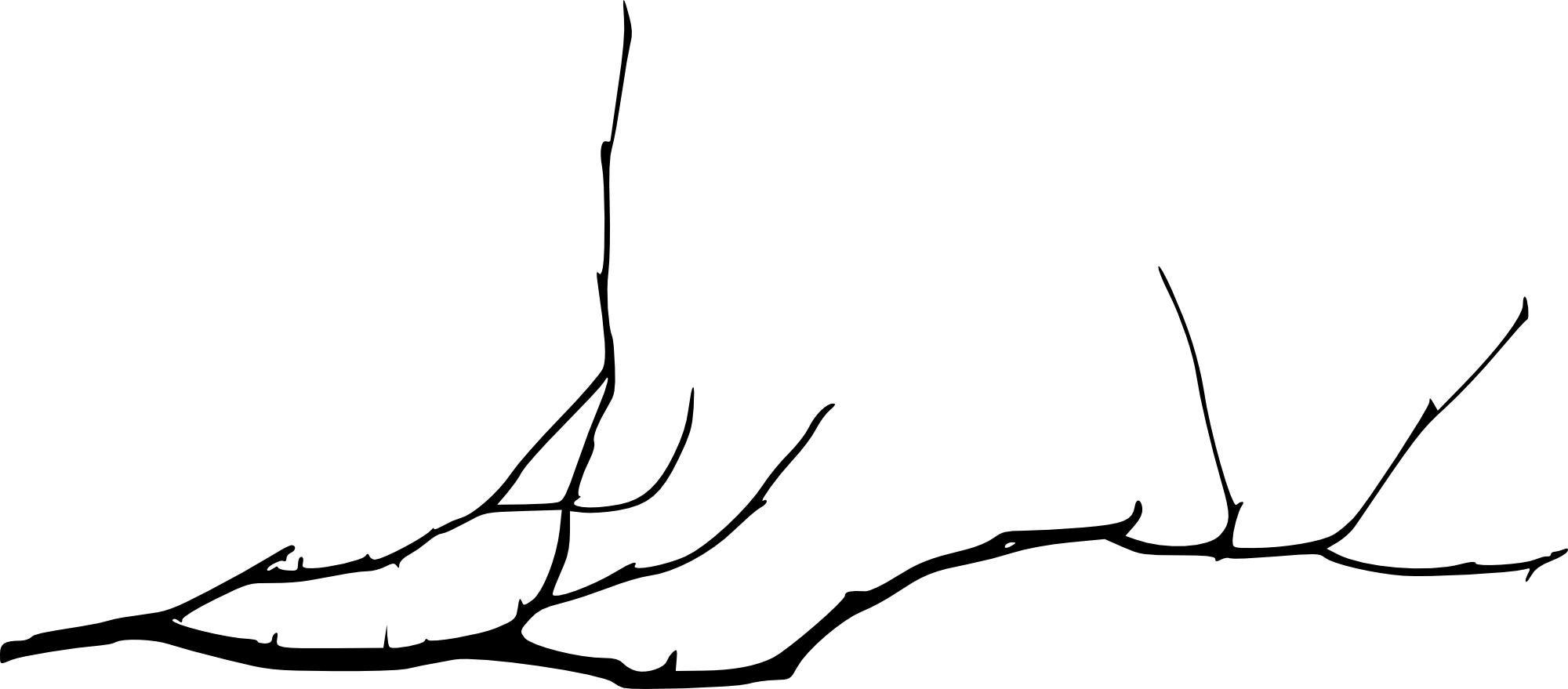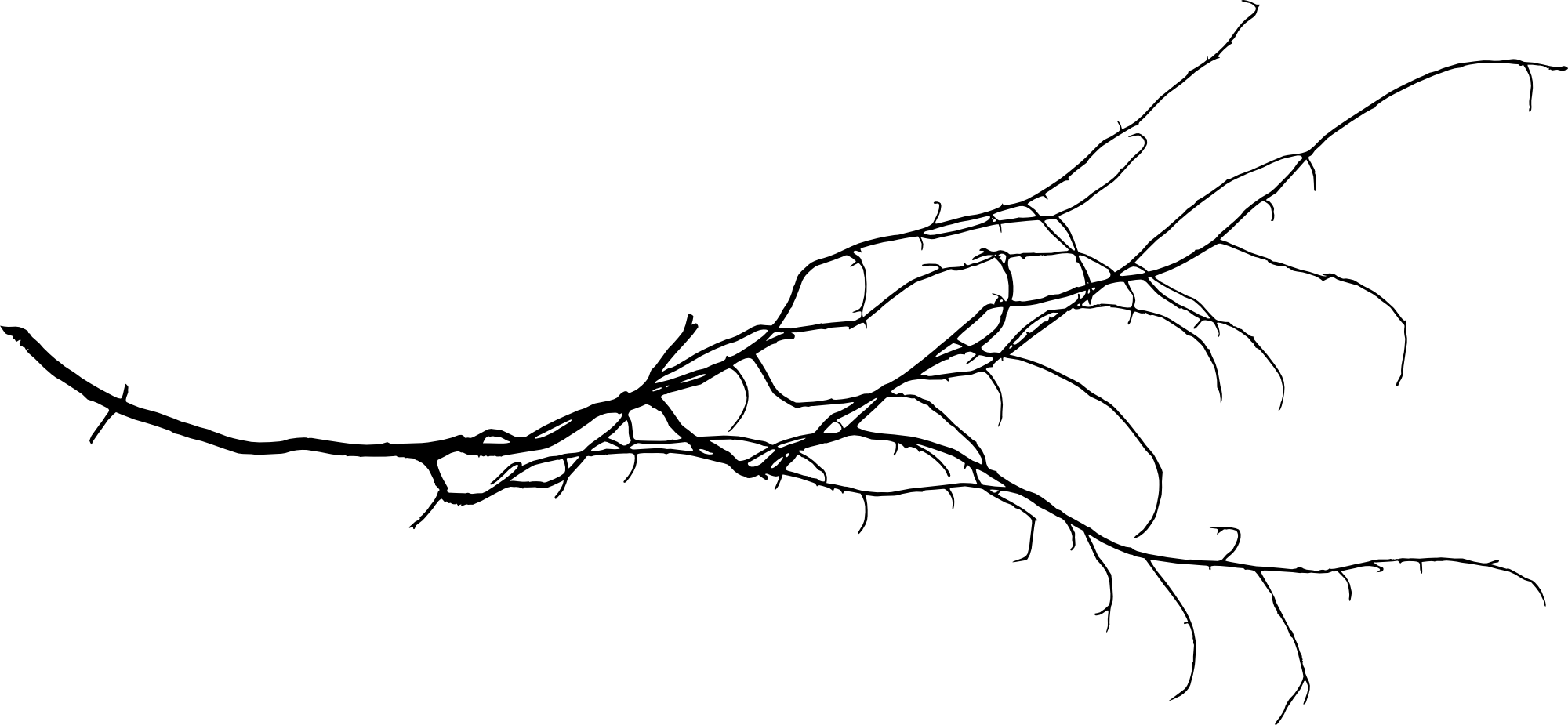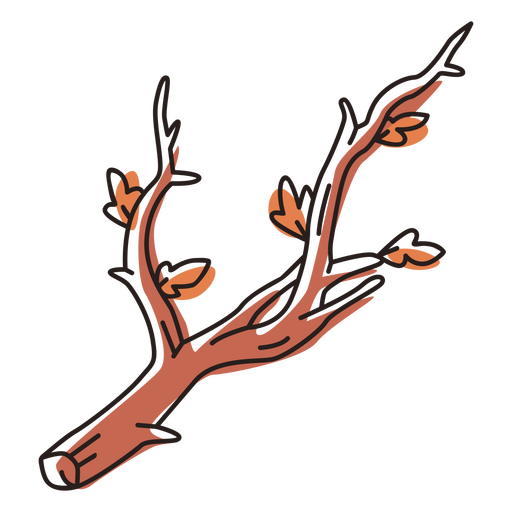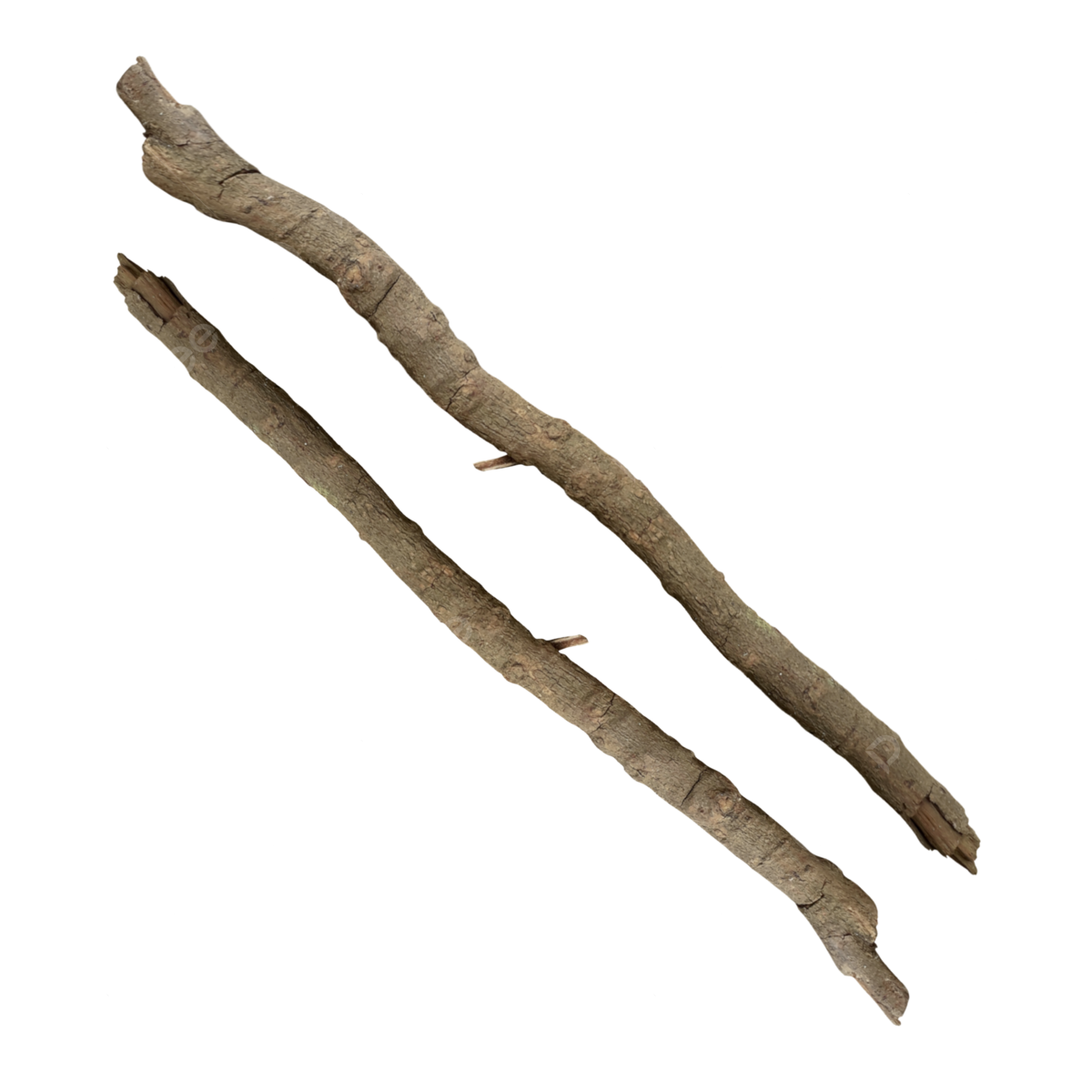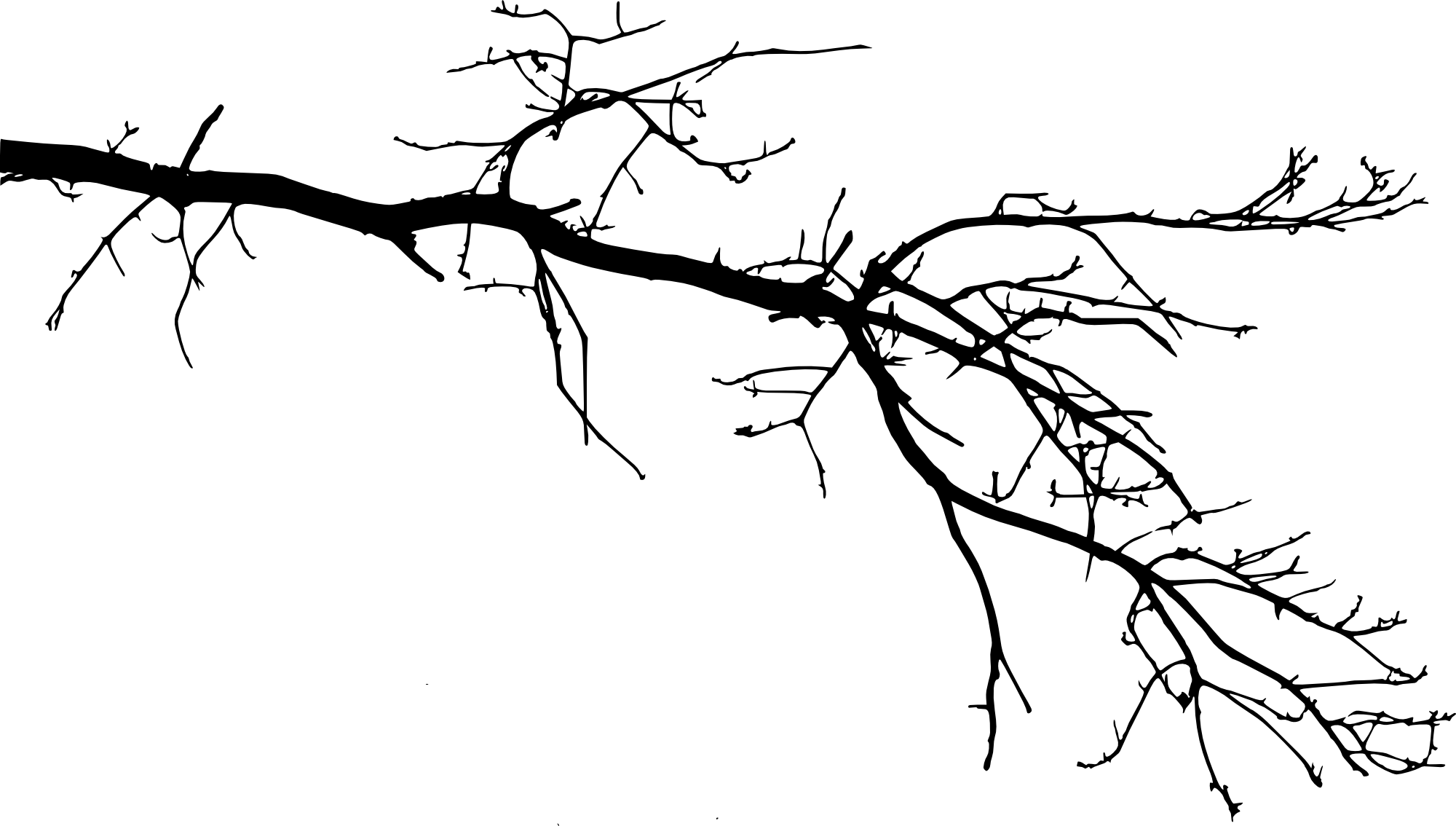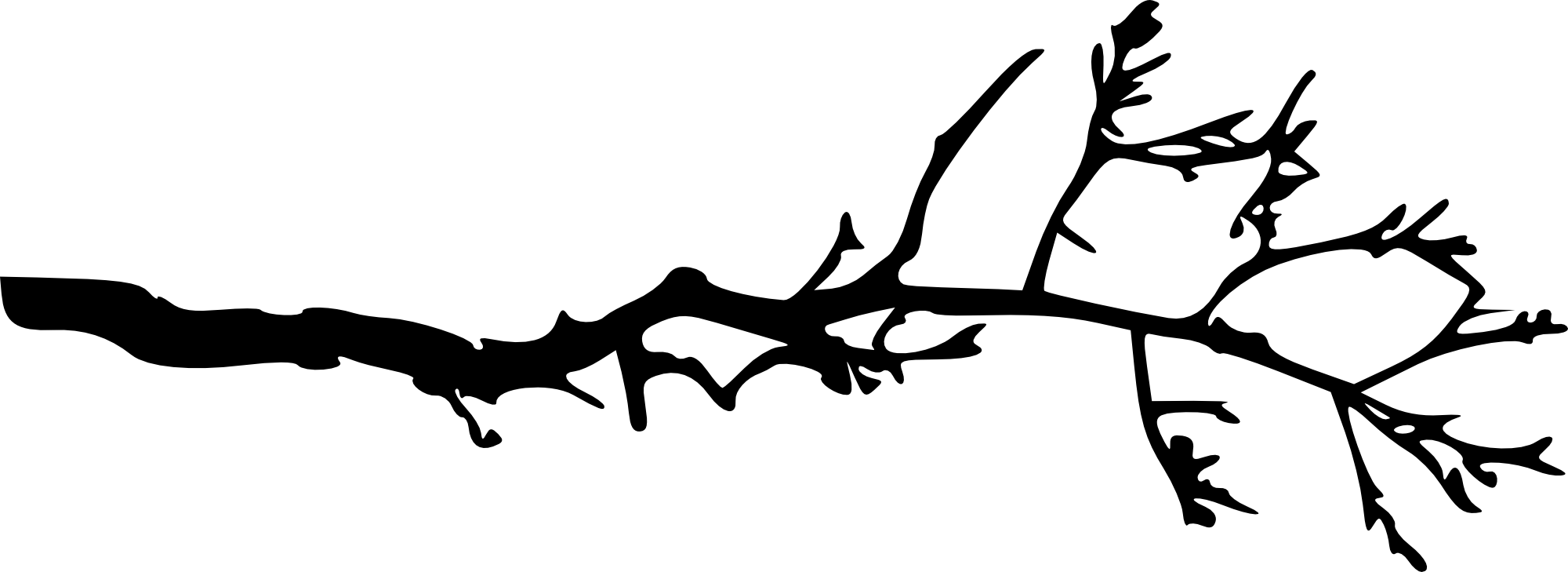Download top and best high-quality free Tree Branch PNG Transparent Images backgrounds available in various sizes. To view the full PNG size resolution click on any of the below image thumbnail.
License Info: Creative Commons 4.0 BY-NC
Tree branches are an essential part of any tree, and they play a critical role in its overall health and lifespan. Aside from providing structural support for the tree, branches also serve several other vital functions, such as producing leaves for photosynthesis, flowers for reproduction, and fruits and nuts for animals and humans to consume.
The Parts of a Tree Branch
Before we go any further, let’s first understand the various parts of a tree branch:
- Branch collar: This is a slightly swollen area found at the base of a branch that connects to the tree trunk. It contains specialized tissues that help the branch attach to the tree and prevent the formation of decay and diseases.
- Bark: This is the outermost layer of a branch that serves as its protective covering.
- Cambium: This is a thin layer of tissue found beneath the bark that is responsible for producing new cells and growing the branch in diameter.
- Xylem: This is a tissue found in the center of the branch that is responsible for transporting water and nutrients from the roots to the rest of the tree.
- Phloem: This is another tissue found in the center of the branch that is responsible for transporting sugars and other nutrients produced during photosynthesis to the rest of the tree.
- Leaf scars: These are the marks left on a branch after a leaf has fallen off, and they can be used to identify the species of the tree.
- Buds: These are small, undeveloped shoots found along the length of a branch that can grow into new branches, leaves, flowers, or fruits.
The Importance of Pruning Tree Branches
Pruning is the practice of selectively removing certain branches from a tree to improve its health, appearance, and safety. Proper pruning techniques can help reduce the risk of damaged and weakened branches, improve sunlight penetration and air circulation in the canopy, and encourage better fruit production and flowering.
There are several reasons why you may need to prune a tree, including:
- Dead or damaged branches: These branches can be hazardous if they fall off and can also attract pests and diseases to the tree.
- Crossing or rubbing branches: These branches can cause wounds on the tree, which can lead to decay and diseases.
- Weak or narrow crotch angles: These branches can break off easily in high winds or heavy snow loads.
- Crowded or co-dominant branches: These branches can compete with each other for sunlight and nutrients and can weaken the overall tree structure.
When pruning a tree, it’s essential to make clean, smooth cuts that don’t damage the branch collar or bark. Also, it’s advisable to hire a certified arborist who has the training, skills, and equipment needed to perform tree pruning safely and effectively.
In summary, tree branches are a fundamental part of any tree and contribute significantly to its overall health and longevity. Knowing how to identify the various parts of a branch and when to prune it can help you keep your trees healthy, safe, and attractive for years to come.
If you have any questions or need help with your tree care needs, contact a local certified arborist or tree care professional for assistance.
Download Tree Branch PNG images transparent gallery
- Tree Branch PNG Pic
Resolution: 1300 × 811
Size: 484 KB
Image Format: .png
Download
- Tree Branch PNG Picture
Resolution: 600 × 917
Size: 318 KB
Image Format: .png
Download
- Tree Branch PNG
Resolution: 1000 × 436
Size: 67 KB
Image Format: .png
Download
- Tree Branch Transparent
Resolution: 850 × 601
Size: 63 KB
Image Format: .png
Download
- Tree Branch
Resolution: 900 × 602
Size: 375 KB
Image Format: .png
Download
- Tree Branch Background PNG
Resolution: 2000 × 1053
Size: 182 KB
Image Format: .png
Download
- Tree Branch No Background
Resolution: 900 × 566
Size: 586 KB
Image Format: .png
Download
- Tree Branch PNG Background
Resolution: 1200 × 1200
Size: 383 KB
Image Format: .png
Download
- Tree Branch PNG Clipart
Resolution: 850 × 631
Size: 74 KB
Image Format: .png
Download
- Tree Branch PNG Cutout
Resolution: 200 × 200
Size: 40 KB
Image Format: .png
Download
- Tree Branch PNG File
Resolution: 640 × 480
Size: 98 KB
Image Format: .png
Download
- Tree Branch PNG Free Image
Resolution: 2000 × 879
Size: 53 KB
Image Format: .png
Download
- Tree Branch PNG HD Image
Resolution: 2000 × 925
Size: 115 KB
Image Format: .png
Download
- Tree Branch PNG Image File
Resolution: 512 × 512
Size: 117 KB
Image Format: .png
Download
- Tree Branch PNG Image HD
Resolution: 800 × 600
Size: 313 KB
Image Format: .png
Download
- Tree Branch PNG Image
Resolution: 512 × 512
Size: 26 KB
Image Format: .png
Download
- Tree Branch PNG Images HD
Resolution: 1200 × 1200
Size: 435 KB
Image Format: .png
Download
- Tree Branch PNG Images
Resolution: 1024 × 348
Size: 26 KB
Image Format: .png
Download
- Tree Branch PNG Photo
Resolution: 2000 × 1134
Size: 176 KB
Image Format: .png
Download
- Tree Branch PNG Photos
Resolution: 2000 × 729
Size: 70 KB
Image Format: .png
Download
